An enterprise resource planning (ERP) system can revolutionize your operations and boost data transparency, offering real-time insights that empower your organization to make smarter business decisions. With CFOs often leading an ERP implementation, it’s essential to embrace best practices and key considerations to maximize the project’s success. The following checklist highlights twelve essential steps that support ERP software implementation and promote long-term operational excellence.
In Malaysia, these steps are especially important to ensure compliance with LHDN’s e-Invoicing mandate, SST reporting, and payroll regulations (EPF, SOCSO, EIS, PCB).
Phase 1 | Pre-ERP Implementation: Setting the Stage for Success
Before diving in, it’s important to lay a solid foundation. Without proper planning, an ERP implementation can lead to costly delays, system inefficiencies, and user resistance.
1. Clearly define your goals
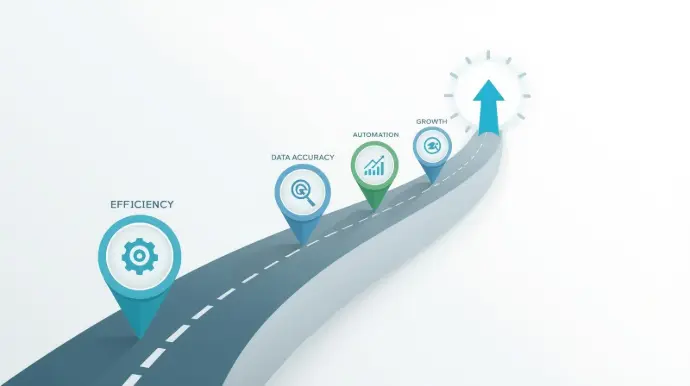
ERP should directly support your long-term strategy. Set measurable goals — such as improving efficiency, enhancing reporting accuracy, automating tax compliance, or streamlining supply chain operations. These targets keep stakeholders aligned and provide benchmarks for success after go-live.
2. Assemble a project team and identify key stakeholders
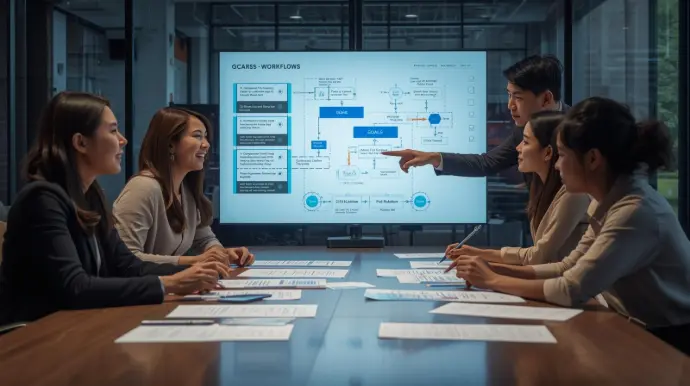
ERP impacts every department, so build a cross-functional team with members from finance, IT, HR, and operations. Appoint a strong project manager, and involve executives and department heads early. Their buy-in ensures alignment with broader business objectives and reduces pushback later.
3. Conduct a comprehensive needs assessment
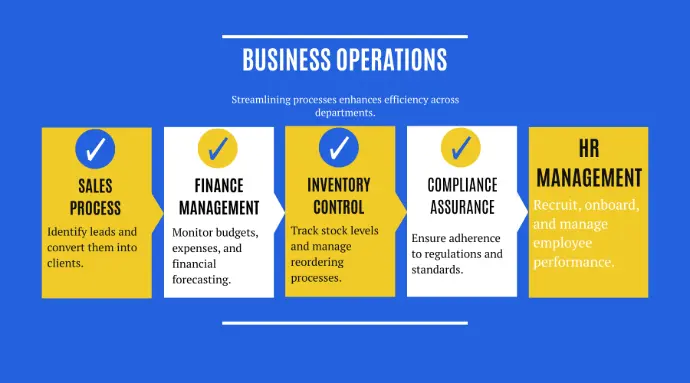
Evaluate current processes, identify bottlenecks, and document requirements. Include compliance obligations such as LHDN’s e-Invoicing, SST, and payroll statutory reporting. This assessment provides the roadmap for selecting and tailoring your ERP.
4. Choose the right ERP system
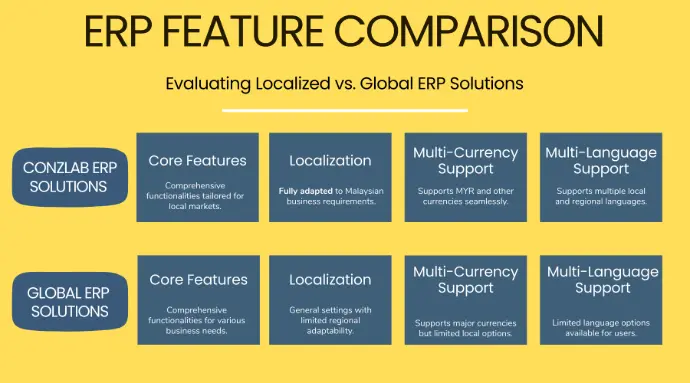
Selection is one of the most important decisions. Look for scalability, modular flexibility, and seamless integration with existing tools. In Malaysia, ensure the ERP is localized for compliance. Request demos and pilot runs to confirm usability before committing.
Phase 2 | ERP Software Implementation: Key Steps for Success
After selecting the ERP system, develop a detailed implementation plan that includes timelines, milestones, and resource allocation.
5. Develop a timeline and milestones
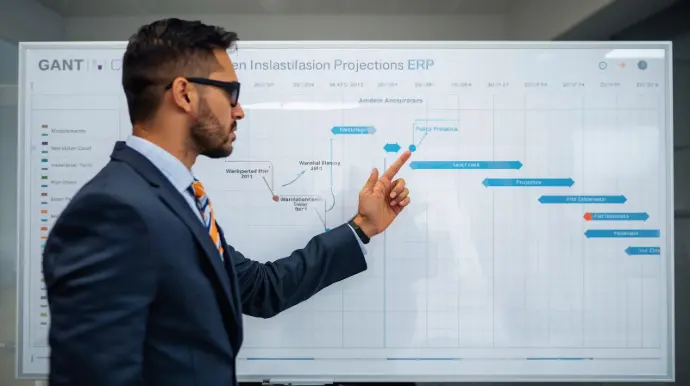
ERP projects fail when deadlines are vague. Build a structured roadmap covering configuration, migration, testing, training, and go-live. Assign clear ownership to each stage but leave flexibility for delays. Many organizations succeed with a pilot rollout first, reducing risks before going all-in.
6. Allocate budget and resources
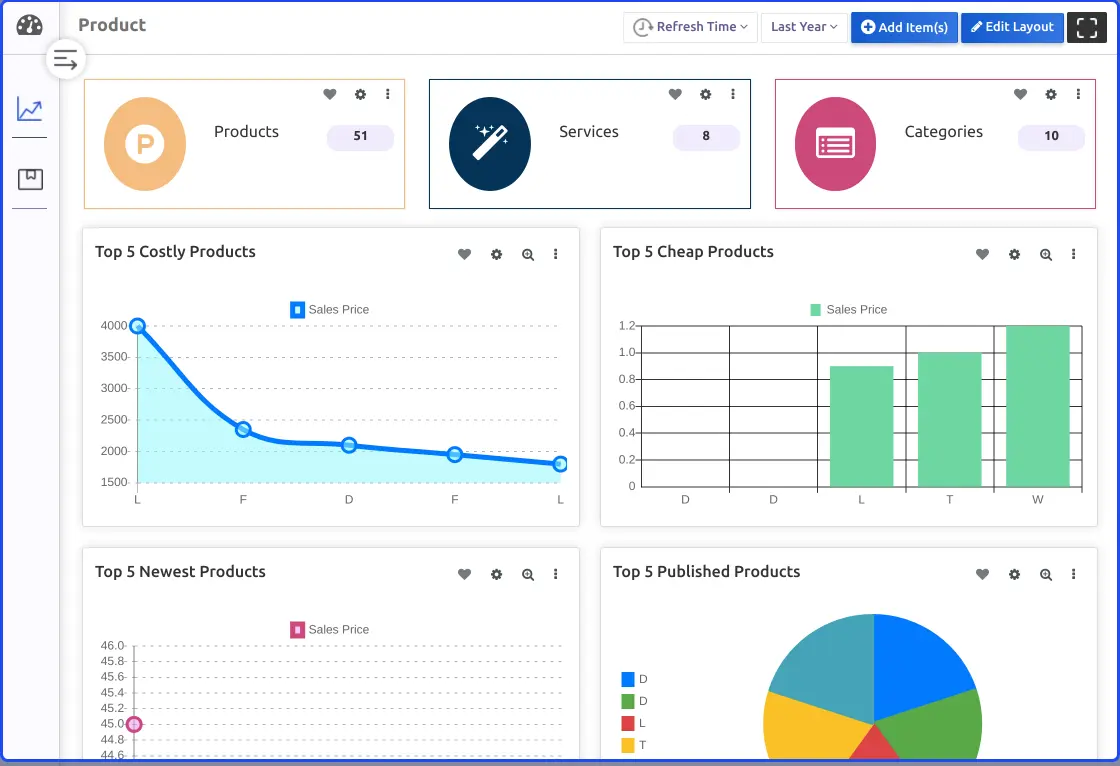
ERP is a long-term investment, not just a software cost. Budget for licenses, integrations, migration, training, and ongoing support. Factor in hidden costs like downtime or extra IT hours. Securing leadership’s financial commitment upfront avoids painful resource gaps later.
7. Prepare data for migration

Data migration makes or breaks ERP. Clean and standardize records before moving them. Eliminate duplicates, fix errors, and decide what historical data is worth keeping. Starting fresh with accurate information ensures reliable reporting and smoother operations after go-live
8. Perform rigorous integration testing

Data migration makes or breaks ERP. Clean and standardize records before moving them. Eliminate duplicates, fix errors, and decide what historical data is worth keeping. Starting fresh with accurate information ensures reliable reporting and smoother operations after go-live.
9. Establish a change management plan

ERP adoption is as much about people as technology. Communicate regularly, offer hands-on training, and involve employees in testing. Assign ERP champions in each department to drive adoption and support peers. Strong change management reduces resistance and boosts confidence.
Phase 3 | Post-ERP Implementation: Transitioning to Business as Usual
Now it’s time to successfully execute and monitor your ERP system performance and transition to business as usual.
10. Prepare for go-live
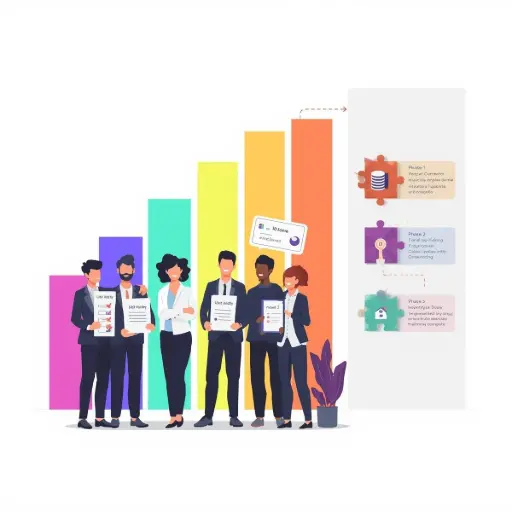
Going live is more than just switching on the system. Double-check that migrated data is accurate, integrations are stable, and employees are confident in using the ERP. A final round of user acceptance testing (UAT) should confirm everything works as expected. Many businesses succeed with a phased go-live, rolling out department by department, which reduces disruption and allows quick fixes if problems arise.
11. Ongoing support and training

ERP adoption doesn’t stop after launch. Users will have questions, and issues will surface. Establish a dedicated support team to handle technical problems quickly and keep operations running smoothly. Offer refresher training sessions to reinforce best practices and introduce new features as the system evolves. Continuous learning builds employee confidence and ensures higher long-term adoption
12. Collect feedback and monitor performance
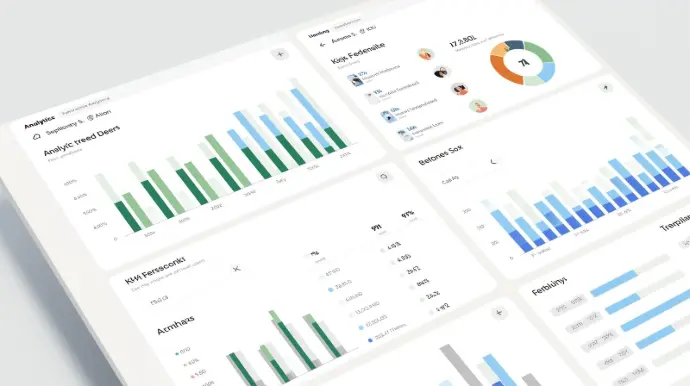
ERP adoption doesn’t stop after launch. Users will have questions, and issues will surface. Establish a dedicated support team to handle technical problems quickly and keep operations running smoothly. Offer refresher training sessions to reinforce best practices and introduce new features as the system evolves. Continuous learning builds employee confidence and ensures higher long-term adoption.
Final Tips for a Smooth ERP Implementation
Post-implementation is not the finish line — it’s the beginning of continuous improvement. As your business grows, regularly evaluate whether the ERP system is keeping pace with operational demands, compliance standards, and industry changes. Periodic audits can reveal inefficiencies, new automation opportunities, or reporting gaps that weren’t obvious at the start.
Also, explore integrations with third-party tools that extend ERP functionality, whether for advanced analytics, payroll, or supply chain optimization. By treating ERP as a living system that evolves with your business, you ensure it remains a long-term driver of efficiency, transparency, and growth.
ERP Implementation Checklist: 12 Steps for Business Success